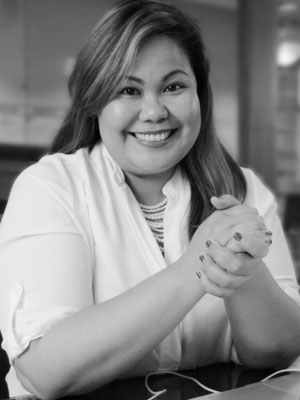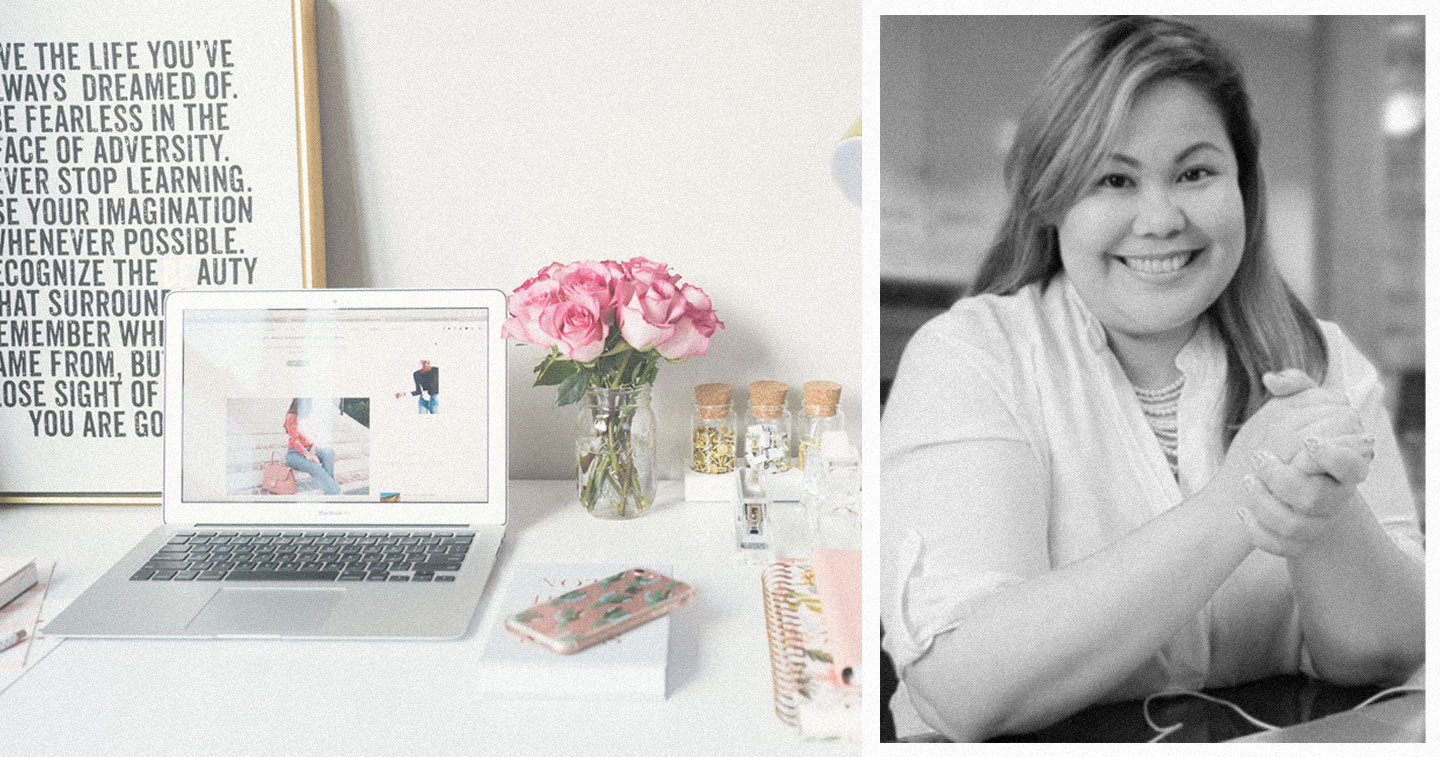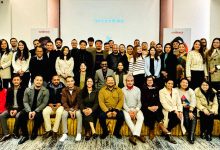Manila, Philippines – FleishmanHillard’s SVP and General Manager, Patricia Malay shares her insights on how brands can navigate beyond pandemic. She take time to answer some looming questions amid COVID-19; how can brands ensure that what they do now will build towards more brand love? How can they avoid being perceived in a negative light?
We’re in uncharted territory. As COVID-19 continues its spread across the world, many brands still find themselves not knowing exactly what to do. Many are confused and are virtually walking on eggshells. Questions abound on whether releasing an article or social content will be seen as opportunistic or be perceived as virtue-signalling. And while a lot of brands would rather err on the side of caution, many are also diving head-first into coronavirus-related content, sometimes with disastrous and cringe-inducing results.
In these hard-to-fathom times, it’s worth noting that the audience is rapt and have nowhere to go. They are glued to every move any brand or personality is making right now and are taking mental notes. More so in a country like the Philippines, where its citizens spend an average of 10 hours on the internet and which has been dubbed the social media capital of the world, brands have an opportunity to make an impact to a largely captive audience.
But how can brands ensure that what they do now will build towards more brand love? How can they avoid being perceived in a negative light? Here are some ideas that can help recalibrate and fine tune brand messaging while the world settles into a New Normal.
AUDIT
This is a good time to assess the situation and measure the health of the brand. FleishmanHillard’s Authenticity Gap methodology is a great barometer that can help brands and companies understand and proactively manage the gap between audiences’ expectations and actual experiences with the product or service. This allows for rich results which organizations can use to create and strengthen true relationships with audiences and authentic engagements that result in opportunities.
Now that stakes have ramped up and audience priorities and expectations have shifted, how can brands and companies evolve to meet these changing needs? There are many tools now available that give insight as to what audiences think and say online. Social listening, for one, can help shine a light on online chatter about particular brands, personalities, and topics—including competitors of brands. Does the audience agree with what the brand is communicating? If this can be measured, it can be managed.
Alignment between what a brand says and what its audience experiences have to be solidified and strengthened. Misalignments can give competitors an opportunity to take advantage and gain a lead, for untruths to define the brand narrative, and for crises to happen more frequently. In the Philippines where slip-ups become magnified in mere seconds and where the audience is more sophisticated than ever, this relationship presents an even greater importance. By aligning the brand and its reputation in a way that is grounded in its values, it ensures that business is managed through all of today’s social currents. Values are important—the more aligned a brand’s values are to their communications, the easier it will be to build and strengthen and protect reputation. The closer this gap is bridged, the more authentically the brand portrays itself, the more love and affinity can increase as well.
BUILD
Next, how can brands build on their learnings and improve their messaging?
If digital was not part of a brand’s channel mix before, it has now become vital and have all but taken the centerstage. In the Philippines where traditional media such as print and free TV are affected by the extended community quarantine (ECQ), more people are looking at alternatives as sources of information and entertainment. The recent GWI Coronavirus Research done in April 2020 reports that 87% are spending significantly more time on their smartphones and 50% through their laptops in the Philippines. The data is nothing short of fascinating: 17% are creating and uploading videos on YouTube, TikTok, and other platforms, 64% are spending more time on social media, 52% are on messaging apps like WhatsApp, Viber, Messenger, and others, and 64% are watching more shows and films on streaming services such as Netflix, HBO GO, and more. Interestingly, 69% said they are watching more videos on YouTube as well.
Prior to the coronavirus outbreak, conversations continually swirled on how to improve engagement rate with audiences on branded social media content. Now, engagement is there for the picking, as the numbers suggest, with brands just needing to know how to get a large piece of the pie. If the Authenticity Gap previously mentioned were narrowed or closed, it will be easier to create content that came from a place of truth. Brands just need to see how their values can shine in these times when people’s concerns have been refined to security, safety, and health. While these may be easier for retailers and manufacturers of essential goods to take advantage of, there is still space for other kinds of brands to participate in the conversation. The key is to continue to find ways for brand values to be juxtaposed with the pulse of the audience and social relevance.
This has resulted to innovation the likes of which have never been seen before. Many brands are finding ways to still produce video content, despite not being able to deploy full-scale production teams to create them. There is now more reliance on influencers to tell stories on behalf of the brand, where those personalities who know how to use their platforms more creatively are garnering more buzz. An example would be the use of Instagram or Facebook Live to broadcast conversations between influencers and other influencers or key opinion leaders and where they discuss relevant topics. These conversations can actually be pre-taped on a conferencing platform and edited to look “live” so that messaging and delivery can be polished before airing.
In the media mix where brands need to consider paid, earned, shared, and owned (PESO) media, the owned media space is where more efforts can be poured into. From improving e-mailers, to making harder-working social content that can target awareness or reach, to getting more eyeballs to watch a video, the tools are there to make sure they reach their audience now.
Connect
After auditing and building, brands can then focus on connecting. In this increasingly stay-apart world, one strategic opportunity for brands to seize is how they can still provide authentic human connections.
With more Filipinos spending time online and consuming videos, it is only right that video content become one of the ways to engage with a brand’s target. But not all videos will make it through. If TikTok is any measure, the attention span most people can spend on video content is now counted in a mere seconds, rather than minutes. Something then that brands must then remember is that their video content must show more than it tells.
Videos fail to engage because many creators do not take into account that there is an opportunity to converse with their audience and not just tell a story from their point of view. Successful video content do not just speak from a place of truth nor merely take opportunity of social relevance—they also give an opportunity for the audience to participate and provide feedback. Those who spend a lot of time on YouTube know this all too well: the channels’ audiences go back to again and again feature content that is not just talking down to an audience, these channels allow for rich engagement through comments and sharing.
There are many ways for brands and companies to take advantage of video, apart from many video editing apps being intuitive and easy-to-use. Depending on the platform and the objective, videos can run the gamut of educational to entertaining, informative to illustrative, much more so than static posts and captions.
As simple as A-B-C
These are unchartered and scary times and it is completely understandable for many marketers and brand stewards to feel at a loss on what to do next. But hopefully these steps provide some guidance on what to do in the interim so that they can look beyond the pandemic and find a guiding light at the end of this tunnel.
What can definitely be concluded is that the world will continue to change and as evidenced by almost everybody in it adapting quickly to the change forced upon them, it is not as difficult to adapt along with it as previously thought. As long as brands remain agile and flexible, in-tune with their audiences and stakeholders, and guided by their brand truth, successful communications can continue to be planned for and achieved.
About the Author
 Patricia Malay, Senior Vice President and General Manager, FleishmanHillard Manila
Patricia Malay, Senior Vice President and General Manager, FleishmanHillard Manila
Patricia brings more than 18 years of experience to the FleishmanHillard office in Manila. She previously worked at Ogilvy, Campaigns and Grey and led the PR and healthcare communications arms of Havas Ortega: Havas PR and Havas Life. Additionally, she also consulted for the marketing and communication needs of the Pharmaceutical and Healthcare Association of the Philippines (PHAP) and the UN-backed Partnerships for the Management of the Seas of East Asia (PEMSEA). Patricia has led successful and award-winning campaigns across a wide variety of industries, with a mastery of corporate and consumer PR, healthcare communications and medical marketing, event management, social media and content creation, public and government affairs. She is also an A.R.C.-certified crisis consultant.
Patricia is a frequently invited speaker for events attended by students and professionals, and is passionate about sharing the power of PR. She was an award-winning radio DJ for a handful of local FM stations and continues to be a voice talent for many advertisements. She also hosts a podcast and a YouTube channel dedicated to one of the most universally loved subjects: food.









